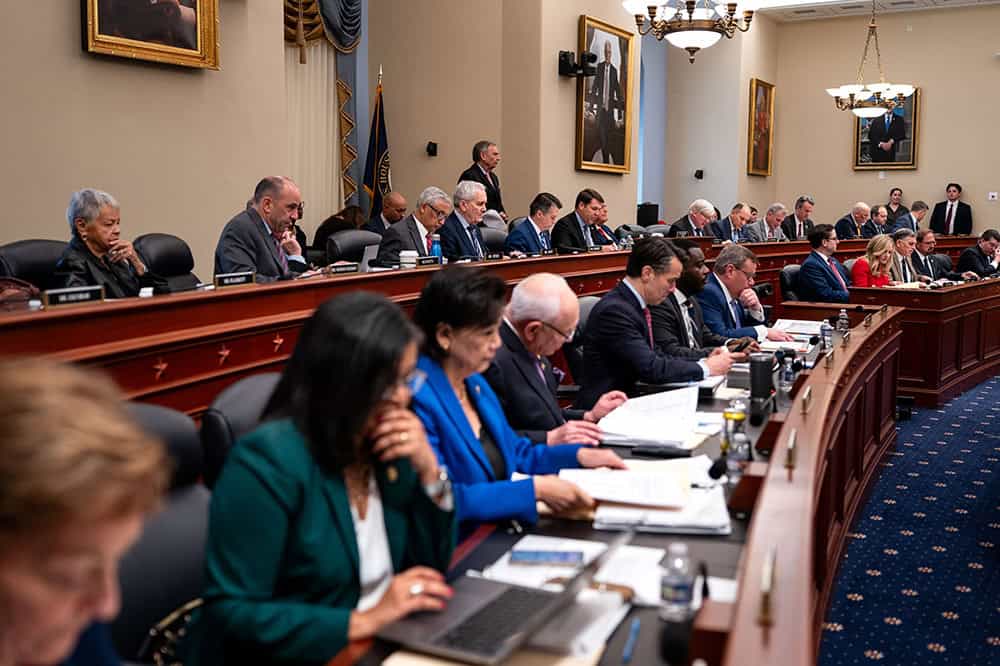President Biden’s budget for fiscal year 2022 outlines new details of the American Families Plan (AFP), a $1.7 trillion package including major new investments in education, childcare, healthcare, and family leave. When combined with the American Jobs Plan, a $2.6 trillion package focusing on communications and transportation infrastructure, climate change mitigation policies, workforce development and more, the Administration is putting forward an ambitious policy agenda that seeks to create a blueprint for economic investment that addresses important national priorities.
While both the American Families Plan and the American Jobs Plan include massive new spending, they also identify changes to tax policy that would raise revenue to offset the cost. The Administration notes that taken together, the American Families Plan and the American Jobs Plan would be fully paid for within a 15-year window.
Let’s take a closer look at the key components of the American Families Plan and the potential pay-fors that have been proposed.
What Is Included in the American Families Plan?
The American Families Plan would be a significant investment in children, support for families and workers, education, and nutrition assistance. The Administration estimates that the plan would cost $1.7 trillion over 10 years, consisting of $943 billion in spending and $799 billion in tax cuts over the period. It is broken down in the following ways:
Education (Around $445 billion)
The plan includes provisions that would provide free access to pre-school and community college for two years each. To improve access to post-secondary education, it contains provisions for enhanced federal aid and grants, as well as support for teacher training, programs to promote retention and completion for vulnerable communities, and degrees in healthcare.
- Free universal pre-school for three- and four-year-olds ($165 billion)
- Tuition-free community college for two years ($109 billion)
- Increase Pell grants for low-income students by $1,475 ($84 billion)
- Grants for the improvement of post-secondary retention and completion rates at schools serving disadvantaged communities ($53 billion)
- Tuition support, institutional aid, and other investments for higher education institutions that have historically served Black, Tribal, Hispanic, and other minority students ($45 billion)
- Funding for teacher training, support, and diversification ($8 billion)
Children, Families, and Nutrition Assistance (Around $500 billion)
The AFP aims to address childhood food insecurity by expanding access to healthy meals and increasing access to free and reduced-price meals. It would also expand access to SNAP benefits for formerly incarcerated individuals. Furthermore, the proposal includes provisions to improve the quality of childcare and make it more affordable for families with lower incomes. Finally, the plan would create a national comprehensive paid family and medical leave program that would allow workers to receive partial wage replacement when they take time off under the provisions laid out by the plan.
- Make childcare affordable by capping childcare expenses at a portion of family income, invest in the provision of high-quality child care and the childcare workforce ($225 billion)
- Paid family and medical leave program ($225 billion)
- Enhanced and expanded nutrition assistance programs, including school meals programs ($45 billion)
Enhancement of Tax Credits ($799 billion)
The Administration’s plan extends or permanently expands a number of enhancements to tax credits originally provided through the American Rescue Plan:
- Extend the increase in the Child Tax Credit through 2025, make it permanently fully refundable, and allow for regular payments ($450 billion)
- Permanently expand the health insurance tax credits ($163 billion)
- Permanently expand the Earned Income Tax Credit for workers without children ($105 billion)
- Permanently expand the Child and Dependent Care Tax Credit ($82 billion)
In addition, the American Families Plan calls for Unemployment Insurance reform. It would also include funding to enhance the IRS’ authority to regulate paid tax preparers ($80 billion) in an attempt to close the tax gap.
How Is the American Families Plan Paid For?
The Administration estimates that the American Families Plan would raise $1.5 trillion in 10 years, and when combined with the American Jobs Plan, it would be fully paid for within the next 15 years. The plan’s revenue proposals are centered on high-income Americans, including provisions aimed at ensuring that income derived from wealth is taxed at the same rate as wage income and closing loopholes that allow wealth to be transferred to heirs at preferential rates.
- Increase capital gains and dividends taxes to match the rate paid for ordinary income. The plan would also eliminate the step-up basis for gains in excess of $1 million, thereby closing a loophole that allows wealth to be passed on to heirs without paying taxes on it. It would also eliminate various loopholes related to carried interest, real-estate transactions, and business losses ($623 billion over 10 years).
- Increase top marginal tax rate for high earners. The plan would apply to only those within the top 1 percent, and would restore the rate to its level prior to the 2017 tax cut ($132 billion).
- Close loopholes that allow some pass-through businesses to avoid the net investment income tax and self-employment payroll taxes. ($237 billion).
Finally, the Administration estimates that it would raise $789 billion (including the $71 billion spending on enforcement, mentioned above, brings the net savings to $711 billion) through additional reporting requirements and investment in the enforcement capabilities of the IRS.
Looking Ahead
It is a positive sign that officials are pursuing a way to pay for their broad and diverse priorities, and lawmakers should maintain a fiscally responsible approach moving forward. However, it remains to be seen how lawmakers in Congress will react to the bill’s size, the priorities within it, and the structure of its pay-fors in the form of tax increases. In the same way that our leaders advocate for broad-based economic prosperity in the short term, we must also ensure an inclusive, fair, prosperous, and moral economic system over the longer term. Building long-lasting and broad-based economic opportunity and security must include sustainably managing our budget and finances.
Image credit: Photo by Pool/Getty Images
Further Reading
Here’s How No Tax on Overtime Would Affect Federal Revenues and Tax Fairness
Excluding overtime pay from federal taxes would meaningfully worsen the fiscal outlook, while most of the tax benefits would go to the top 20% of taxpayers.
No Taxes on Tips Would Drive Deficits Higher
Eliminating taxes on tips would increase deficits by at least $100 billion over 10 years. It could also could turn out to be a bad deal for many workers.
Full Array of Republican Tax Cuts Could Add $9 Trillion to the National Debt
Fully extending the TCJA would cost approximately $5.0 trillion, while other elements of the Republican tax agenda also have large price tags over ten years.


